15 Nov 2016
Bushfire Preparedness
The Hon. A.L. McLACHLAN ( 15:27 ): My question is to the Minister for Emergency Services. Are there any plans to reduce the high fuel loads in the Adelaide Hills by allowing property owners to reduce these hazards by burning off in all peri-urban council areas, as long as they adhere to the CFS code of conduct for burning?
The Hon. I.K. HUNTER (Minister for Sustainability, Environment and Conservation, Minister for Water and the River Murray, Minister for Climate Change) ( 15:27 ): I thank the honourable member for his most important question. Burning off in the Hills in particular, but generally around the state is a pretty well settled facility. Landowners know that it is their responsibility to make sure their land is ready for the bushfire season. They generally know that they need to talk to either the council or the CFS to get permission to burn off outside bushfire periods. Councils normally have a policy in place that allows either permitting or general support for burning in the open to reduce hazards in prescribed areas at prescribed times.
Of course, in the bushfire season everything changes, and if there is an absolute need to burn in the fire danger season, then you must approach the relevant authority, being the CFS in most instances. We do know that there is preparation going ahead right now on private properties, conducted through the Department of Environment, Water and Natural Resources as a pilot. It is the first time in the country, as I understand it, that the government has burnt off on private properties. Essentially, what we are doing here is taking a tenure blind approach. We are analysing where the risk is—ignoring for the moment who owns the land—and mapping that risk area and then addressing the land ownership question.
What has been happening in Ashton, for example, is that the DEWNR fire brigade has been working with the local community to get permission to burn on their land in preparation for bushfire season, and it is working very well. I was up there last week and talked to one of the property owners on whose land DEWNR was burning.
She expressed great satisfaction with the consultation that DEWNR undertook with the local community and the ability to actually burn on the land because, of course, the DEWNR fire brigade has much more experience in these matters than most landowners would in the Adelaide Hills, and by working together very closely we can get a better outcome and get a better protection area for the community by matching up our burns from previous years with current burn practices to give a nice area of fuel reduction.
Fuel reduction in itself doesn’t stop bushfires but what it does do is, when fires occur, usually the burn is much less fierce. It usually takes more time to travel through the fire zone, which gives firefighters extra time to prepare their response and line up their tactics and deploy their workers. It’s a great project and I’m very pleased with the very early initial stages up in Ashton, as I said, where we are working hand in hand with local communities, but it is just a pilot and there are a hundred such communities right across the Adelaide Hills that we need to engage with over the next decade. It is very pleasing indeed, to see the level of cooperation.
View source
